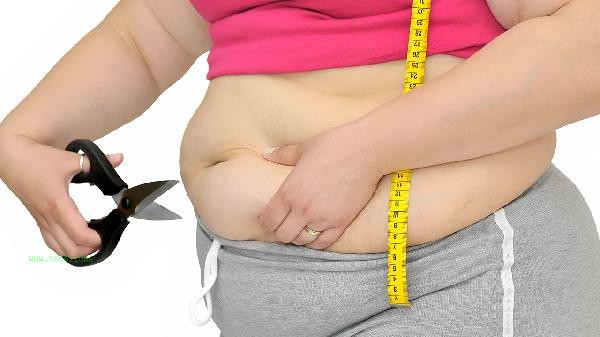Moderate consumption of seafood during weight loss can help control weight. Seafood is rich in high-quality protein, unsaturated fatty acids, and trace elements, and has the characteristics of low calorie and high nutrition, making it suitable as a source of protein during the weight loss period. When choosing, attention should be paid to cooking methods, frequency of consumption, and individual allergy risks.

1. High quality protein source:
Seafood such as salmon, shrimp, cod, etc. have a protein content of up to 15-25%, with a digestion and absorption rate of over 90%, which can prolong satiety and reduce muscle loss. Protein foods have a high thermal effect, and the digestion process can consume an additional 30% of calories, which helps to improve basal metabolism.
2. Beneficial fat composition:
Deep sea fish are rich in Omega-3 fatty acids, which can regulate lipid metabolism and inhibit inflammatory reactions. Consuming 200-300 grams of high-fat sea fish per week can improve insulin sensitivity, but excessive intake of high cholesterol species such as shellfish should be avoided.
3. Trace element supplementation:

Oysters, mussels, and other plants have prominent zinc content and participate in leptin synthesis; Seaweed is rich in iodine, which helps maintain normal thyroid function. These nutrients play an important role in regulating metabolic rate, but it is necessary to control the intake of high sodium seafood.
4. Low calorie density advantage:
100g of white shrimp contains only 93 kcal, while beef of the same weight contains about 180 kcal. Choose cooking methods such as steaming and blanching, avoid high calorie methods such as deep frying and oil stewing, which can maximize the retention of nutrients while controlling calorie intake.
5. Precautions for consumption:
Some people may have a risk of seafood allergy, and the first attempt should be tested with a small dose. Gout patients need to limit high purine seafood and it is recommended to choose low purine varieties such as sea cucumber and jellyfish. The recommended daily intake of seafood is 150-200 grams, accompanied by a balanced diet of vegetables. During weight loss, seafood can be used as a high-quality protein source 3-4 times a week, with priority given to fresh caught products. Steamed sea bass paired with broccoli, garlic steamed scallops paired with mixed grain rice are ideal combinations. Be careful to avoid consuming with beer to increase purine absorption, and use lemon juice as a substitute for some salt during cooking. Long term consumption of seafood alone may lead to mercury accumulation, and it is recommended to alternate intake with poultry and soy products. Special populations should consult a nutritionist before consumption and adjust the variety and dosage based on physical examination data.




Comments (0)
Leave a Comment
No comments yet
Be the first to share your thoughts!